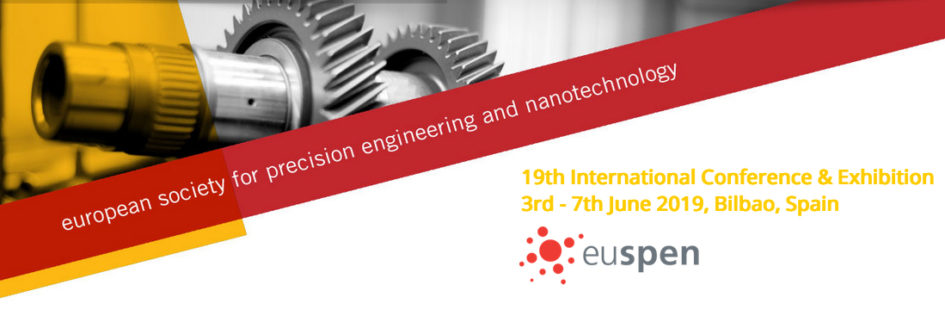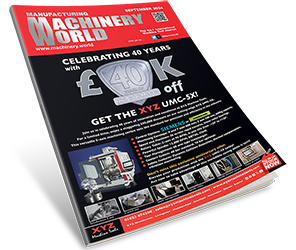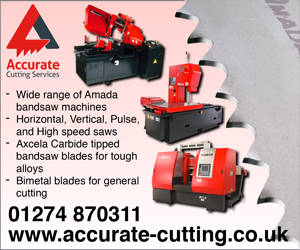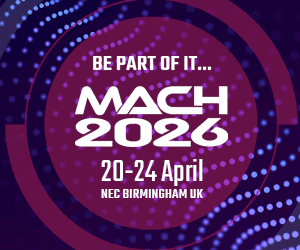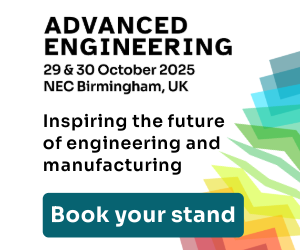Additive manufacturing (AM) continues to provoke huge discussion as it fundamentally questions preconceptions about the future of manufacturing. AM is no longer just a prototyping technology, and much of the focus today is on its transition to a viable and cost-effective direct manufacturing technology. With this transition comes an array of considerations that must be addressed that validate the accuracy and efficacy of parts produced.
It is at this time of great dynamism in the area of AM that the 19th Annual Conference & Exhibition hosted by the European Society for Precision Engineering & Nanotechnology (euspen) will be held in Bilbao, Spain 3-7th June 2019.
Key issues of concern to AM will be discussed at the Annual Event, including work that is being undertaken today to promote precision in the process, and to analyse dimensional errors and surface topography. Also of interest is the topic of design for additive manufacturing (DFAM), focusing on the issues design engineers need to consider in order to enable the manufacture of highly complex, often customised parts with graded material composition.
As the additive manufacturing sector matures, there is a necessity to characterise the performance of AM machines, focusing on in situ process monitoring, in-process measurement, and process feedback and correction all of which will be discussed at the Annual Event, as will be the subject of AM standards.
The use of AM for end-use parts requires a level of standardization that was not as important when the technology was almost entirely focused on prototyping. Standards must embrace multiple AM platforms using radically different technologies to produce parts, and must become application-oriented rather than technology oriented. had not been part of the early rapid prototyping movement.
Standards allow engineers to design to a known set of parameters and build a level of trust in the fulfillment and manufacturing process. Today, most major companies using additive manufacturing for end-use part production have to create their own set of materials and processing guidelines. In addition, most of the design tools do not account for the advantages and disadvantages of AM – creating a need for design standards. Standards are part of the necessary evolution of technology.
The Annual Event provides a forum for the discussion of how AM can be integrated into a holistic manufacturing process. Cost-benefit trade-offs of using AM within a complex manufacturing process is of huge interest, as are the engineered partnerships between AM and secondary finishing operations.
Metrology is an ever-present area of focus in AM, and will also be discussed at the Annual Event. The ultimate goal is to provide manufacturers of components using AM with the metrology instrumentation and post-measurement analysis techniques that will allow them to keep processes under tight control, therefore improving quality, reducing scrap rates, and enhancing environmental sustainability. This will require completely new approaches to instrument design, combining prior expertise and fundamental research to overcome the obstacles preventing current instrumentation from delivering with the required accuracy and measurement speed.
euspen is delighted to welcome first time exhibitors Nanofabrica, Tel Aviv, Israel at the Annual Event, the first company to supply a commercially available AM platform that is micron accurate and caters for mass manufacturing applications.
Additive manufacturing will continue to be a crucial area of interest for the micro and nano-manufacturing community, and it is encouraging to see real-time manufacturing solutions like that provided by Nanofabrica which provide an alternative route to market for companies focused on micro manufacturing applications
To find out more about the euspen Annual Event please visit www.euspen.eu, or contact Dishi Phillips Business Development Manager at euspen on t. +44 (0)1234 754023 e. dishi-phillips@euspen.eu.


